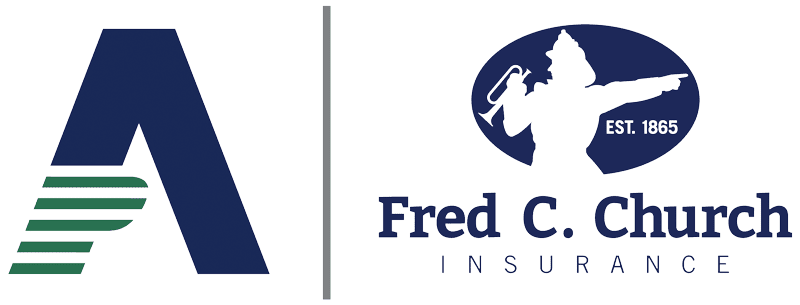In its latest annual “Top Risks Survey” report, United Educators (UE) found that the number of respondents who serve as their school’s risk manager or whose responsibilities include substantial risk management roles continues to grow. This increasing emphasis on professional risk management at both higher ed institutions and K-12 schools is not surprising given today’s liability risk landscape, where, not unlike many other business sectors, the frequency and severity of claims have dramatically increased over the past several years.
For example, since 1999, UE’s member educational institutions have experienced a 231% increase in total incurred commercial general liability losses over $1M, a 92% increase in total incurred educators legal liability losses over $1M, and a 35% increase in total incurred excess general liability insurance claims over $1M. The stats from UE and its insured schools are certainly not unique to them. Instead, they reflect the fast-evolving and disruptive liability climate educational institutions and their insurers throughout the nation have been facing.
As a risk resource for a wide variety of educational institutions throughout the U.S., Fred C. Church is committed to staying up to date and sensitive to the widening spectrum of liability exposures that may be impacting our clients. While there’s nothing new about liability threats in the education sector, institutions are now facing several legal and societal developments that are exacerbating the liability risks that schools have always contended with. Following are four of these trends that we believe schools and their risk management professionals should be focusing on and preparing for:
1. A gradually expanding number of states have implemented or proposed reviver statutes.
These important laws enable adult survivors of childhood sexual abuse to bring civil claims after the statute of limitations has passed. This is a monumental legal change for sexual abuse victims who were children or young adults when the act occurred. It also signals a greater societal and institutional understanding of how this unforgiveable crime impacts the abused, and that there can be a significant delay between the date of an incident and the time when a victim is willing to disclose the abuse, or even remember it. In the past, the statute of limitations provided a very short window for a sexual abuse claim to be made, typically two or three years from an occurrence, leaving little to no recourse for an adult who realized they suffered sexual abuse years before. But since the first reviver statute took effect in New York in 2019, these laws have gradually spread. Today, an additional 38 states have enacted a statute or proposed a bill that extends the length of time and/or adjusts the parameters for filing sexual abuse complaints. As these reviver laws have passed within their respective states, there has been a significant uptick in the number of sexual abuse cases filed against organizations, most of which would not have been previously viable due to SOL deadlines.
Final Risk Consideration: Even as schools put additional policies and procedures in place aimed at preventing these incidents on their campuses today, insurance companies are anticipating a continuing and unavoidable rise in sexual abuse claims against educational institutions. If you haven’t already done so, now is the time to get prepared for possible claims by consulting with in-house or outside counsel who has experience in investigating and handling these types of suits.
2. The Department of Education’s Office of Civil Rights saw discrimination complaints rise to their highest level ever in 2023.
Even as awareness of the many forms of discrimination, from gender and race to language, income, ethnicity, religion, migration, disability, and more, has clearly increased, the issue remains pervasive across campuses nationwide. And, as some statistics indicate, it is now emerging as a major claim risk and a substantial financial loss. According to UE, discrimination lawsuits are second only to sexual misconduct claims in publicly reported settlement and award levels. At the same time, the Supreme Court’s decision to end race-conscious admissions has put the spotlight on diversity, equity, and inclusion (DEI) efforts on all campuses, but particularly at higher education institutions. More than 30 states have now introduced bills banning or limiting DEI initiatives, training, roles, and spending. This attention has come just as insurance companies are putting more pressure on educational institutions to have strong DEI goals, commitments, and programs—and sometimes even giving them ratings and scores based on these efforts.
Final Risk Consideration: This is a highly complex situation for school leaders working to provide their students, employees, staff, and vendors with fair opportunities and equal access and comes with numerous legal and compliance issues for schools to navigate. Whether you have already invested in substantial DEI efforts or are just beginning to develop initiatives at your school, it’s essential that you involve and collaborate with your institution’s legal, compliance, and human resources functions.
3. An increasing number of Gen Zers (12–27-year-olds) are reporting that anxiety and depression are affecting their academic work and, more significantly, their well-being.
As a result, students on campuses nationwide are requiring ever-more mental health support and guidance, which has stretched the resources of counseling centers and other similar school services. Unfortunately, school-age Gen Alpha children (0–11-year-olds) do not appear to be faring much better with their mental health. The pandemic and its lockdowns, which prevented children, adolescents, and young adults from receiving the social and developmental benefits of attending school, undoubtedly contributed to this emerging mental health crisis. But research has pointed to numerous other factors at play, including the burden of student debt, the pressure of academic performance, and the effects of social media. There is also the weight of larger societal issues that these generations must carry, such as climate change and active assailants in schools. Mental health support requests may also be increasing simply because Gen Z and Alpha are more open to and comfortable seeking out help versus past generations for which this was a relatively taboo topic. Of course, mental health risk extends beyond the students on campuses, and employees’ emotional well-being is an emerging area of concern as well.
Final Risk Consideration: With greater awareness of the prevalence of mental health issues, schools now have a responsibility to commit time, energy, and resources to providing better-quality and more accessible care. But that’s not all. They also need to ensure that students, faculty, and staff are aware of these services and tools and are trained on how to use them. Additionally, schools must use multiple methods of effective communication to ensure that every campus community, even the most marginalized identity group, knows about their rights to ask for accommodations that support their emotional well-being and success at school and work.
4. “Nuclear verdicts”—unprecedented jury awards that surpass what should be a reasonable or rational amount—are having a crushing financial impact on insurance companies and their education clients.
It’s been a litigious environment for institutions for a while, but the situation has become far more treacherous of late with the cost of all types of liability claims escalating to unprecedented levels. Some of this can be attributed to the rise in defense fees and medical expenses, but social inflation is amplifying these economic costs. Over the past several years, the social inflation phenomenon has led to a worrisome pattern of higher-than-normal awards and settlements in favor of plaintiffs as jurors base their decisions on social perception of how much a claim is worth rather than economic inputs. There are several underlying reasons for social inflation, but one of the main ones appears to be a growing mistrust and declining confidence in education and other similarly large and seemingly well-endowed institutions. Any liability claim against a school in this climate has the potential to lead to exorbitant losses in terms of both financial and reputational impact.
Final Risk Consideration: As claims defense and settlement costs have continued to rise for K-12 schools, colleges, and universities, carrier losses have far outpaced past premium increases. This is forcing insurance companies to increase coverage rates to offset losses, making it extremely tough for many schools to find affordable liability insurance coverage at renewal time. Educational institutions would be wise to start planning now for a repricing of liability insurance premiums and potentially mitigate them by proactively addressing their top liability exposures like the ones outlined here.
Collaborate with the Right Insurance Partner to Identify and Implement Best Practices That May Limit Your School’s Liability Exposures
The Fred C. Church Education Practice Group is here to support our education clients in traversing today’s dynamic liability risk environment. We provide risk management knowledge and resources that lead to effective strategies for furthering the safety, health, and well-being of your entire campus community. Our goal as your broker is to help you reduce the likelihood of an unfortunate incident and find solutions that may alleviate the increasing cost of liability insurance.
If you would like our assistance in staying on top of risk trends in education, including emerging liability exposures, developing property hazards, and the latest cybersecurity threats, please contact our team. We will work with key stakeholders at your school to identify, assess, and address the industry and institutional risks that are most prevalent today and those that are on the horizon.
Sources:
- https://www.ue.org/4902cc/globalassets/risk-management/reports/2022-top-risks-report-k12.pdf
- https://www.ue.org/493e66/globalassets/about-ue/liability-landscape/rising-cost-of-claims-infographic.pdf
- https://childusa.org/2023sol/
- https://www.nbcnews.com/data-graphics/anti-dei-bills-states-republican-lawmakers-map-rcna140756
- https://www.ue.org/about-ue/liability-landscape/steps-to-combat-social-inflation/



